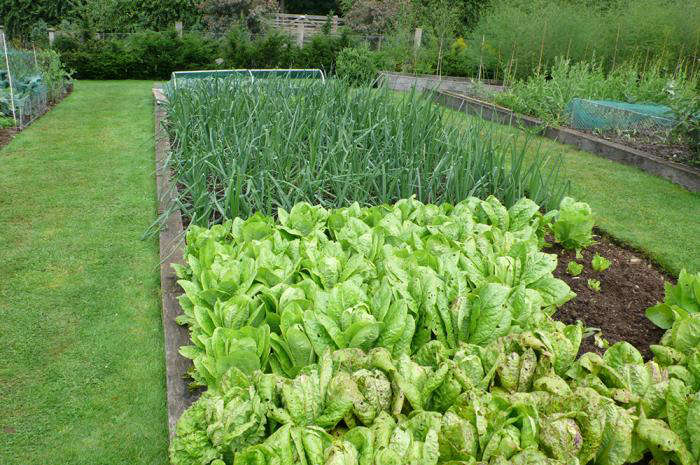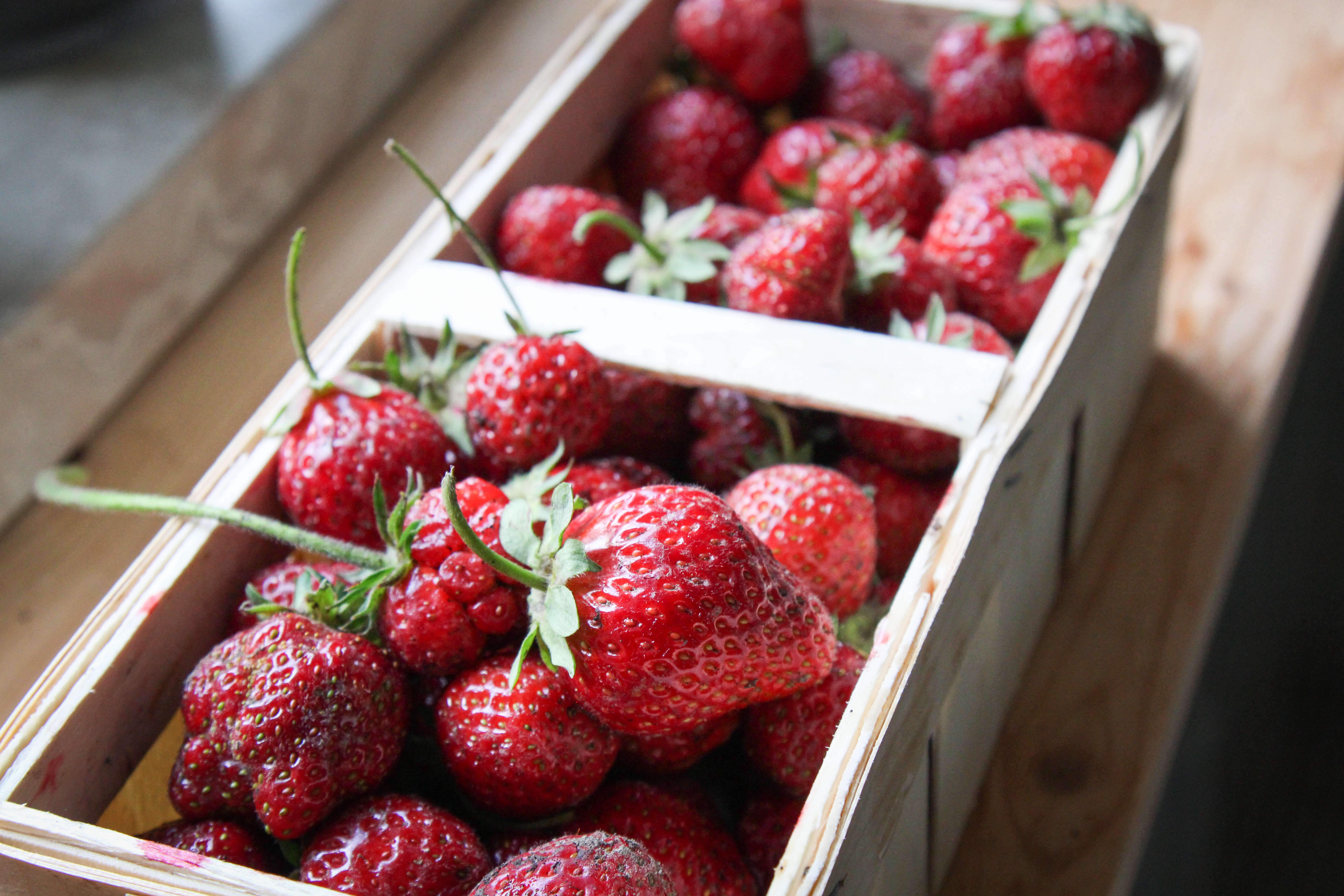“I wish we’d stop growing potatoes, carrots, and onions,” says Mark Diacono. “Life is too short to grow unremarkable food.”
Welcome to Throwback Sundays: Readers’ Favorite Posts from the Past.
Diacono, award-winning blogger, author, and photographer (and head gardener at River Cottage HQ), says: Don’t grow things because you think you should: Instead make a wish list of “un-buyables.”
Vegetables and fruit that are no trouble to grow—but almost impossible to find in the shops—are just as easy as growing something dull. Take quince, for instance.
Photography by Mark Diacono, except where noted.
Quince

A three- to four-foot-tall Jumbo Quince Tree is $19.95 from Willis Orchards.
Consumer demand for quince is relatively low, so those that want it can’t find it in shops. Grow your own and give away extra fruit (though it is unlikely that you will have a glut).
Salsify

A packet of Mammoth Sandwich Island Salsify Seeds is $1.85 from Victory Seeds.
Wineberries

A Wineberry (Rubus phoenicolasius) plant is $13 from Fruitgarden via Etsy.
“Japanese wineberry has wonderful fruit that arrives in the lull between summer and autumn raspberries,” says Diacono, who sells all kinds of recherché edible plants at his nursery. “It is deeper-flavored than raspberries and more wine-y; hence the name. The canes are covered in deep pink hairs: very beautiful, especially in autumn and winter.” The Japanese wineberry also makes an informal boundary or hedge.
Alpine Strawberries

A potted Alpine Strawberry (Fragaria vesca) plant is $10 from The Shop at Monticello.
Freckles Lettuce

A packet of Freckles Lettuce Seed is $2.75 from Organic Seeds.
Wondering what other delicious things you ought to be growing? See our guide to Edible Gardens Design 101 and our Edible Plants 101 growing guides, including spring garden favorites Arugula, Peas, and Lettuces.














Have a Question or Comment About This Post?
Join the conversation